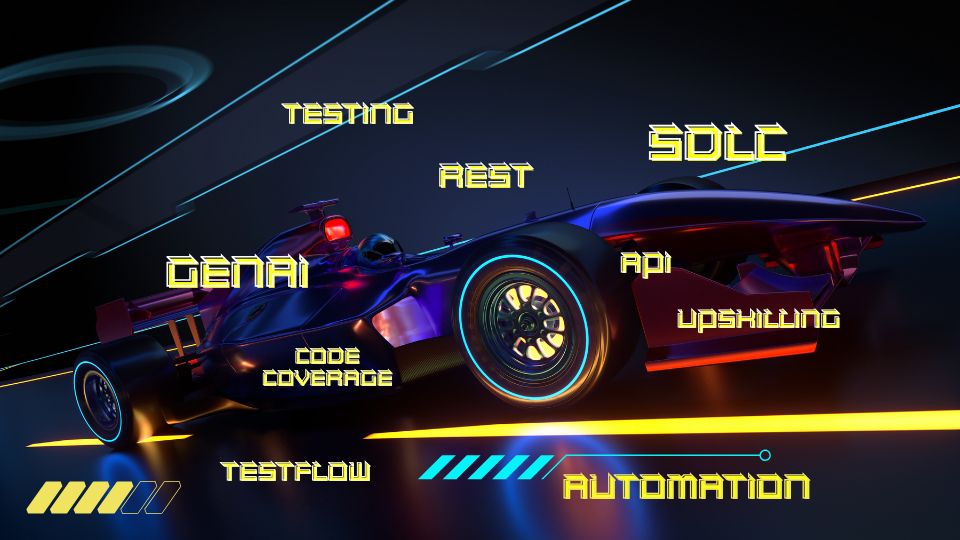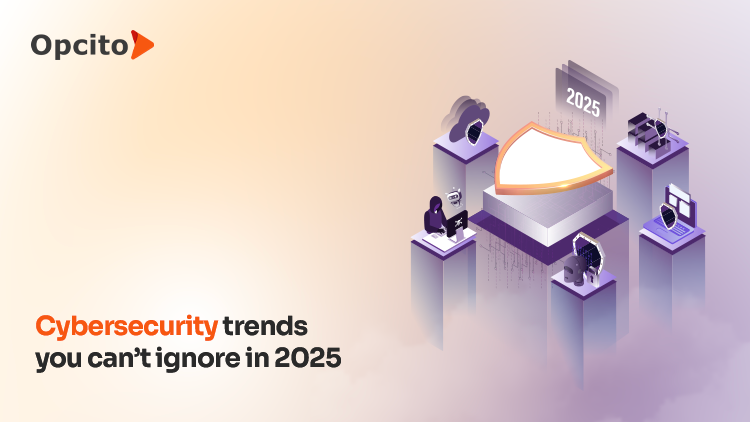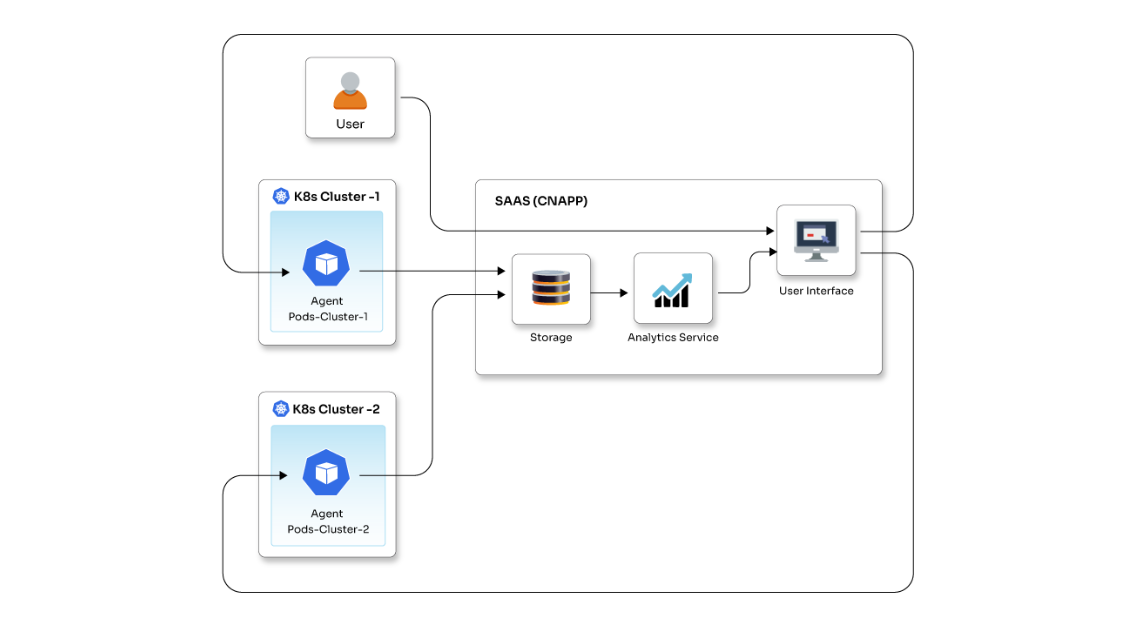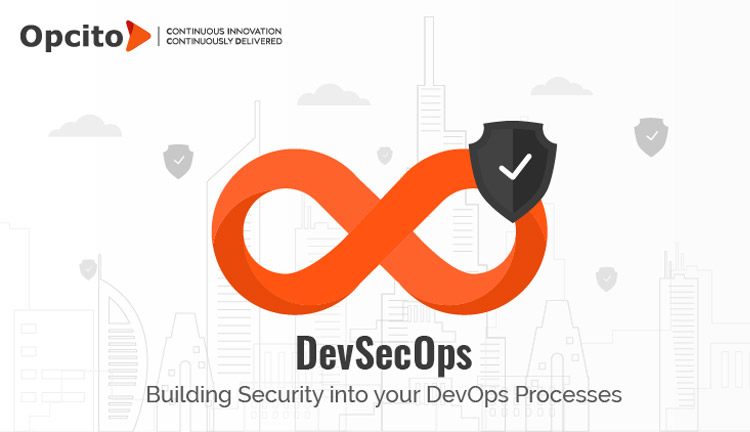Amazon Web Services (AWS) is popular as an application-specific cloud computing platform that provides infrastructure and services for various cloud-native applications. This includes archiving, backup & restore, content delivery, DevOps, the Internet of Things (IoT), analytics, and Blockchain among others. AWS services can be implemented and deployed for a wide variety of modern applications. In this article, we will have a look at how AWS can be used to deploy your own custom Blockchains. However, before moving toward “AWS Blockchain Services,” we also need to understand what Blockchain is and some of the important concepts associated with it.
Blockchain technology, as the name suggests, deals with data that appears to be in the form of blocks (a list of records) that are connected through a chain-like structure (cryptographic hash to the previous block). The technology incorporates peer-to-peer networks that are responsible for adding and updating new blocks and communication between the existing blocks. Cryptology is an important concept that enables the generation and linking of the blocks. Cryptology or cryptography involves encryption (securing crucial data by converting it to ciphertext) and decryption (converting the data back to the original plaintext form). Encryption and decryption are carried out using keys – public and private. The key that is sharable is termed as a public key, and the secret key is referred to as a private key.
For Blockchain deployment, AWS has launched two products during the 2018 edition of AWS re:invent:
- Amazon Managed Blockchain
- Amazon Quantum Ledger Database (QLDB)
Amazon Managed Blockchain
Amazon Managed Blockchain allows end users to set up and manage a scalable Blockchain network easily through a few clicks. It eliminates the overhead required to create a network and automatically scales to meet the demand from thousands of applications running millions of transactions. Once the Blockchain network is up and running, Amazon Managed Blockchain makes it easy to maintain the flawless operation of this network. It manages certificates, makes it easier to invite new members to join the network, and tracks operational metrics such as the use of computing, memory, and storage resources. In addition, it can replicate an immutable copy of the Blockchain network activity into Amazon Quantum Ledger Database (QLDB), a fully managed ledger database. This allows a user to easily analyze the network activity outside the network and gain insights into trends.
With Amazon Managed Blockchain, the Blockchain networks that span multiple AWS accounts can be created quickly, enabling a group of members to execute transactions and share data without the need for a central authority. Unlike self-hosting Blockchain infrastructure, Amazon Managed Blockchain eliminates the need to manually provision hardware, configure the software, and set up networking & security components. Additionally, it helps to continuously monitor the Blockchain network to adapt to the changing needs of applications quickly. With Amazon Managed Blockchain’s voting API, network participants can vote to add or remove members. Once a new member is added, it lets that member launch & configure multiple Blockchain peer nodes to process transaction requests and store a copy of the ledger.
Building and maintaining a Blockchain network using traditional methods is complex, tedious, and time-consuming. It involves setting up network components (hardware as well as software) manually, managing access control certificates, monitoring network traffic, and adding & removing members from the network, among others. Amazon Managed Blockchain, being fully managed, scalable, secure, and readable, eliminates these requirements. This, in turn, makes the network agile, easy to manage, flexible, and, most importantly, self-sufficient. It is presently being used in industries including retail, FMCG, supply chain, and trading & asset management.
Amazon Quantum Ledger Database (QLDB)
Amazon QLDB is a new class of database that eliminates the need to engage in complex development efforts to build ledger-like applications. QLDB uses an immutable transactional log, also known as a journal, that tracks application data changes and maintains a complete & verifiable history of such changes over time. QLDB is easy to use as it provides developers with a familiar SQL-like API, a flexible document data model, and full support for transactions.
Amazon Managed Blockchain supports two popular Blockchain frameworks, Hyperledger Fabric, and Ethereum. Hyperledger Fabric is suitable for applications that require stringent privacy & permission controls with a known set of members. An example of a Hyperledger Fabric application is a financial application where certain trade-related data is only shared with certain banks. Ethereum is for highly distributed Blockchain networks where data transparency for all members is crucial. An example of its application is a customer loyalty Blockchain network that allows a retailer in the network to independently verify users' activities across all members to redeem benefits. Alternatively, Ethereum can also be used to join a public Ethereum Blockchain network.
Traditional ledger exhibits a broad spectrum of applications in fields that primarily include banking, finance, stock exchange, and insurance. These ledger applications are responsible for creating & maintaining records of financial transactions such as credit, debit, repayment, standing instructions, etc. Such applications are built using relational databases, which makes it difficult for financial institutions to track unauthorized changes made to the data.
QLDB incorporates cryptography, ensuring that no unauthorized changes corrupt the data in any way. Moreover, it does not depend on a central server or servers for its functionality. It automatically scales to support application demands. It also provides user-friendly means to read & write records to authorized personnel. It can handle approximately three times as many transactions as a conventional ledger can handle. It is well-equipped to record sequential transactions in a continuous manner, making it easy for auditors and analysts to track & analyze the database effectively. It is presently being used in industries including finance, insurance, HR & payroll, manufacturing, retail, FMCG, and supply chain.
The increasing popularity of cryptocurrency, growing urbanization across the globe, and heavy investments by banking & financial institutions to upgrade their existing network infrastructure will drive technology acceptance. Heavy initial investments in technology deployment and the unwillingness of “non-financial” organizations toward hardware & software upgrading, mainly those engaged in manufacturing, may prove to be among the major hindrances for product adoption. Factors such as user-friendliness, ease of adoption & maintenance, and reduced overhead costs may have a positive impact on the demand for “AWS Blockchain Services” in the technology landscape.


















